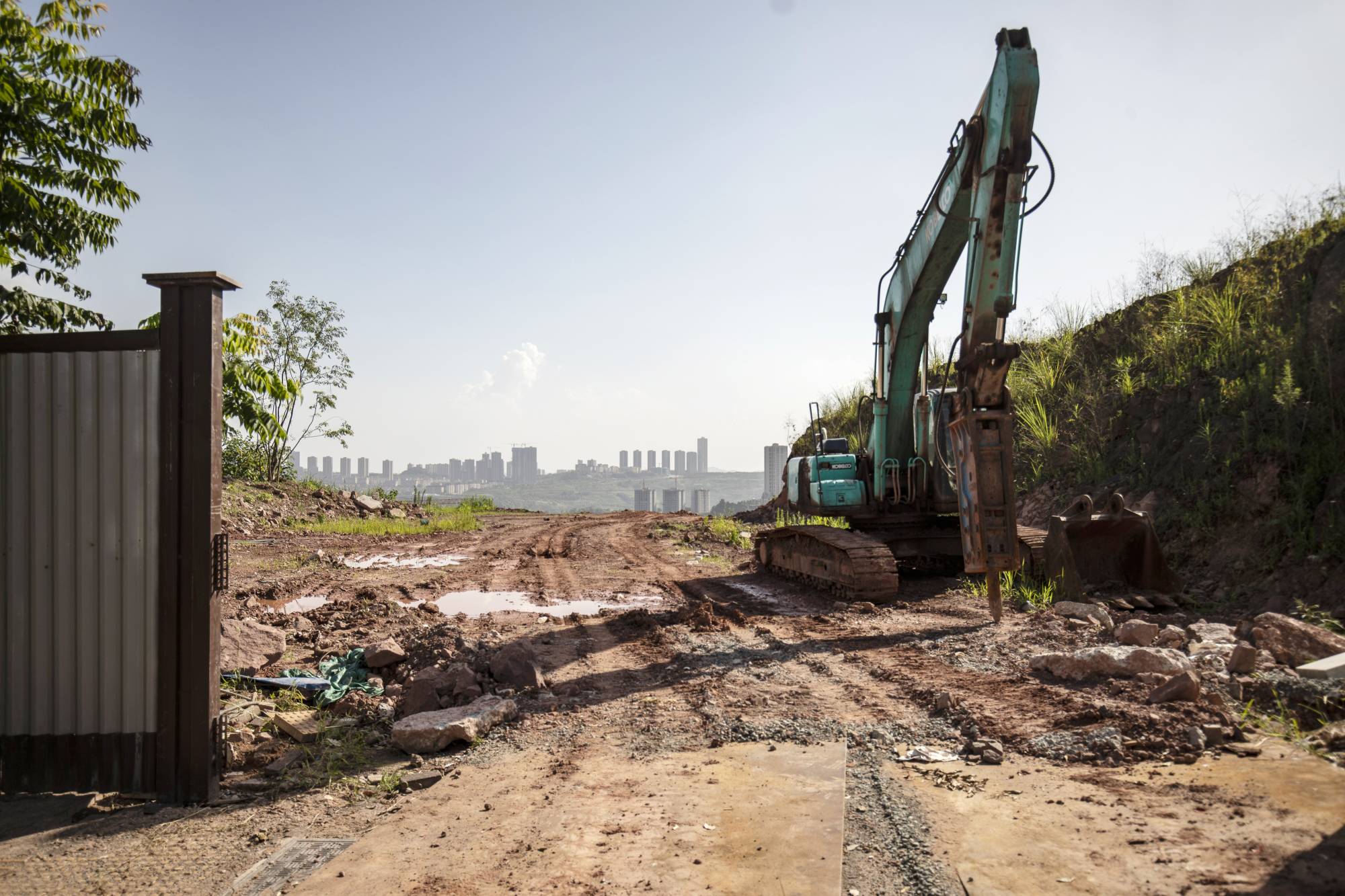China is returning to its stimulus playbook, with local governments borrowing a record amount to spend on infrastructure this year to drag the economy out of its coronavirus-induced slump.
In past stimulus cycles — such as after the global financial crisis — China splurged on roads, airports and railways, and racked up huge debt. For the past few years, much of this spending has been funded by bonds tied to projects that are meant to make enough money to repay the debt.
The problem is that much of the money looks to be going to build the same kind of construction projects as in past years, which struggle to generate sufficient revenue and end up adding to the debt of local governments. The effect of this spending has also been slow to appear, with infrastructure investment at the end of July still below where it was the same time last year.

















With your current subscription plan you can comment on stories. However, before writing your first comment, please create a display name in the Profile section of your subscriber account page.